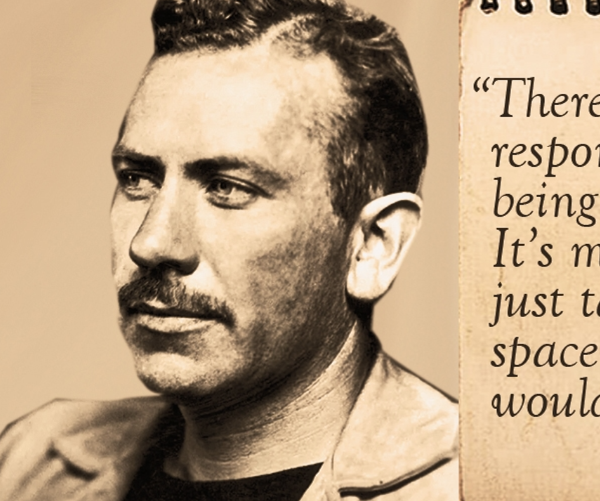CARE to know what PG&E and South San Joaquin Irrigation District agree upon?
Try how a number of folks in Manteca, Ripon, and Escalon are getting reduced electrical rates that probably aren’t qualified to receive rate breaks. As a result everyone else is subsidizing their power use whether they are other ratepayers or PGE’s shareholders.
It’s part of the quasi-sham known as California Alternative Rates for Energy (CARE) that the California Public Utilities Commission foisted on for-profit utilities in the Golden State.
Those who apply and are accepted get around 32 percent off the first tier of power usage, 31 percent off the second tier of power usage and a whopping 59 percent off the third tier. Of course, if you’re in the third tier for residential users you would be characterized in some quarters as an energy hog not to mention the fact you’d have to slaughter more than a few to pay PG&E at the non-discounted rate.
Now for the number that really matters: Some 29 percent of the PG&E customers in the SSJID territory consisting of Manteca, Ripon, and Escalon are on CARE rates.
PG&E is currently building a case before the CPUC that such a high percentage of subsidized power users is unsustainable and needs to be significantly modified. SSJID agrees with that assessment. Service PG&E argument extends to all of their territory and not just in Manteca, Ripon, and Escalon.
Here’s where it gets complicated. The San Joaquin County Local Agency Formation Commission is concerned about protecting those CARE customers. SSJID in its application that’s before LAFCo to enter the retail power business has said it will set aside $4 million for CARE and public benefit programs as opposed to the $8 million that PG&E currently commits to the service area the two entities are fighting over.
LAFCo staff is concerned that if SSJID does deliver 15 percent overall rate decreases it could translate into an “18 to 20 percent” jump in CARE rates. SSJID, in response, notes that after all of the dust settles PG&E CARE customers would not be paying more than they are right now as an SSJID customer although they wouldn’t have as deep discounts.
But there’s more at play here than just giving the low-income an additional break. It’s called fraud.
When CARE rolled out, PG&E and other utilities were under intense pressure to make it work or - to put it bluntly - meet CPUC goals.
They hired independent contractors who blanketed their service area to sign people up. You may recall an encounter with one of them. I had the pleasure of being approached twice - once when I lived in Lincoln Estates and then when I bought a home in Powers Tract.
Each time I told the solicitors that my income exceeded the CARE threshold. They indicated it didn’t matter because I’d qualify based on where I lived which isn’t true. Obviously the contractors were hitting census tracts that showed up as lower income on demographic maps. So naturally the pitch was you qualified. One PG&E customer who ended up qualifying in my old neighborhood and bragged about it clearly made more than I did. It underscored the initial lack of income verification that was employed by some of the entities PG&E secured to help them implement CARE. The result was PG&E and the rest of us get stuck subsidizing those who do not legally qualify for energy discounts.
Even if all of the 29 percent meets the threshold, it is still unsustainable. That means 71 percent of us are underwriting everyone else. If you live in a similar house on the same street and your power consumption is the same as a CARE customer and you were paying $100 a month for power, they’d be paying $70 a month for the same electricity use.
The income caps for a CARE customer is $22,340 for one member in the household. It then goes upward from there with a household of four qualifying if they collectively make $46,100 or less a year. And this isn’t your typical household. They do not have to be family members. That in itself makes income verification much trickier.
In case you’re wondering, CARE is one of the sticking points of many that have to be addressed before SSJID’s application to lower retail rates across the board can move forward. The application before LAFCo has been pending now for 44 months.
Take comfort that you are doing your part financially to lower power rates for 29 percent of the people in the SSJID territory while you continue to pay PG&E’s full freight rates that are higher than they have to be in order to cover the CARE program.
This column is the opinion of executive editor, Dennis Wyatt, and does not necessarily represent the opinion of The Bulletin or Morris Newspaper Corp. of CA. He can be contacted at dwyatt@mantecabulletin.com or 209-249-3519.
CARE to know why your power rates are higher?


Latest
-
 When 25,000 Manteca Unified students and their parents hear that first bell on Monday . . .
When 25,000 Manteca Unified students and their parents hear that first bell on Monday . . . -
 For John Steinbeck, Manteca in the summer was definitely east of Eden
For John Steinbeck, Manteca in the summer was definitely east of Eden -
 Manteca didn’t allow Yellow Freight turn city’s future into roadkill for a short term gain
Manteca didn’t allow Yellow Freight turn city’s future into roadkill for a short term gain -
 It definitely won’t be Bob Piccinini’s Save Mart or that of his father Mike
It definitely won’t be Bob Piccinini’s Save Mart or that of his father Mike
